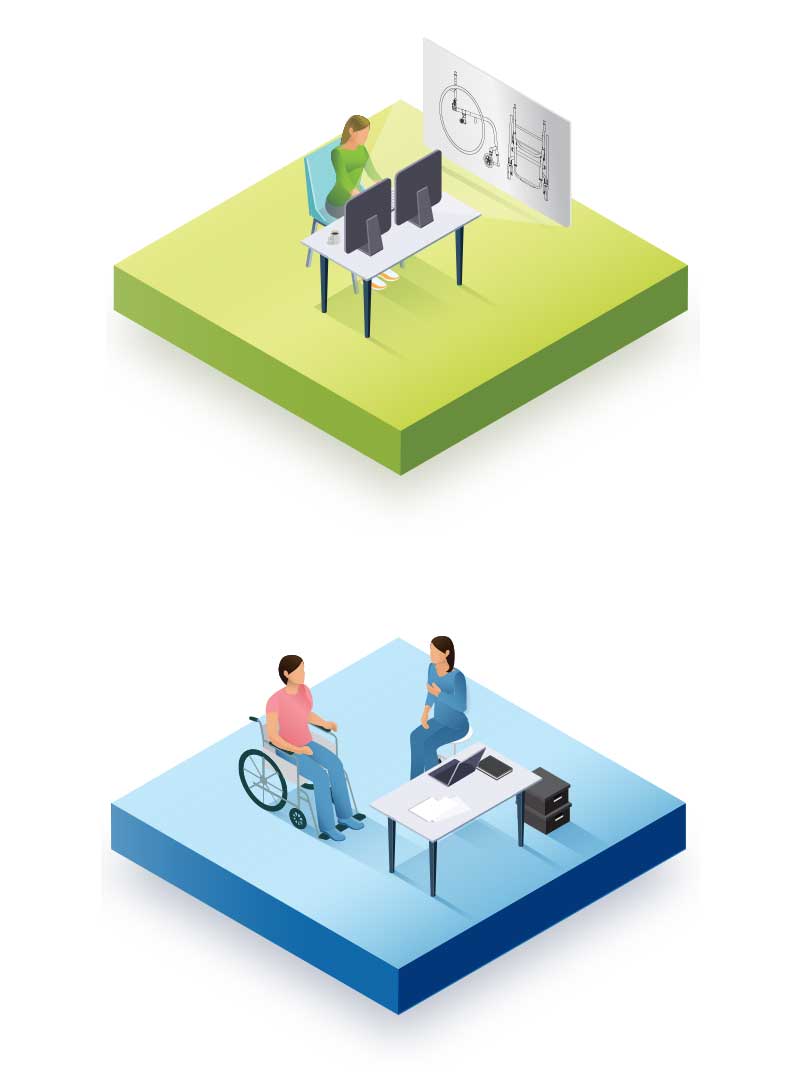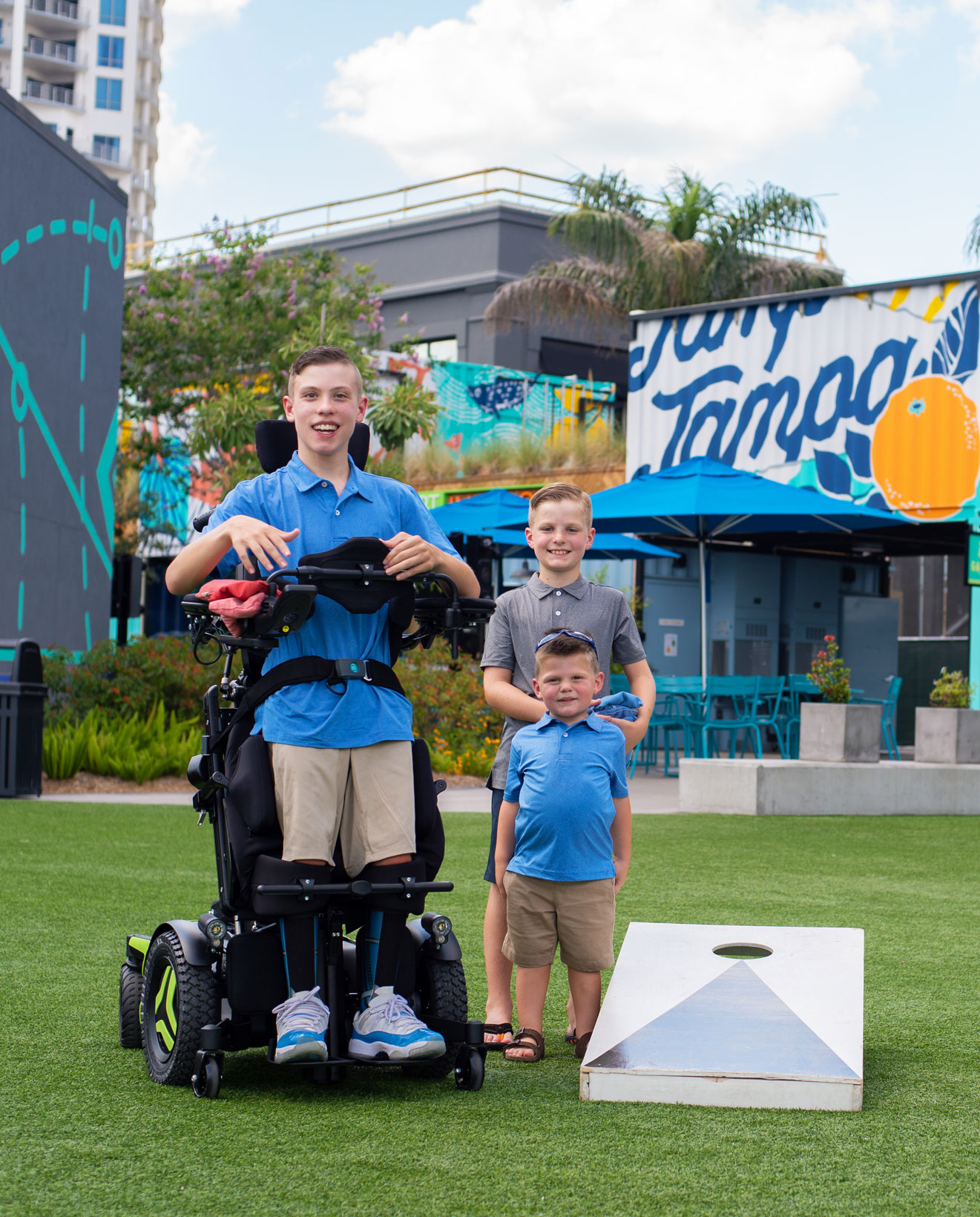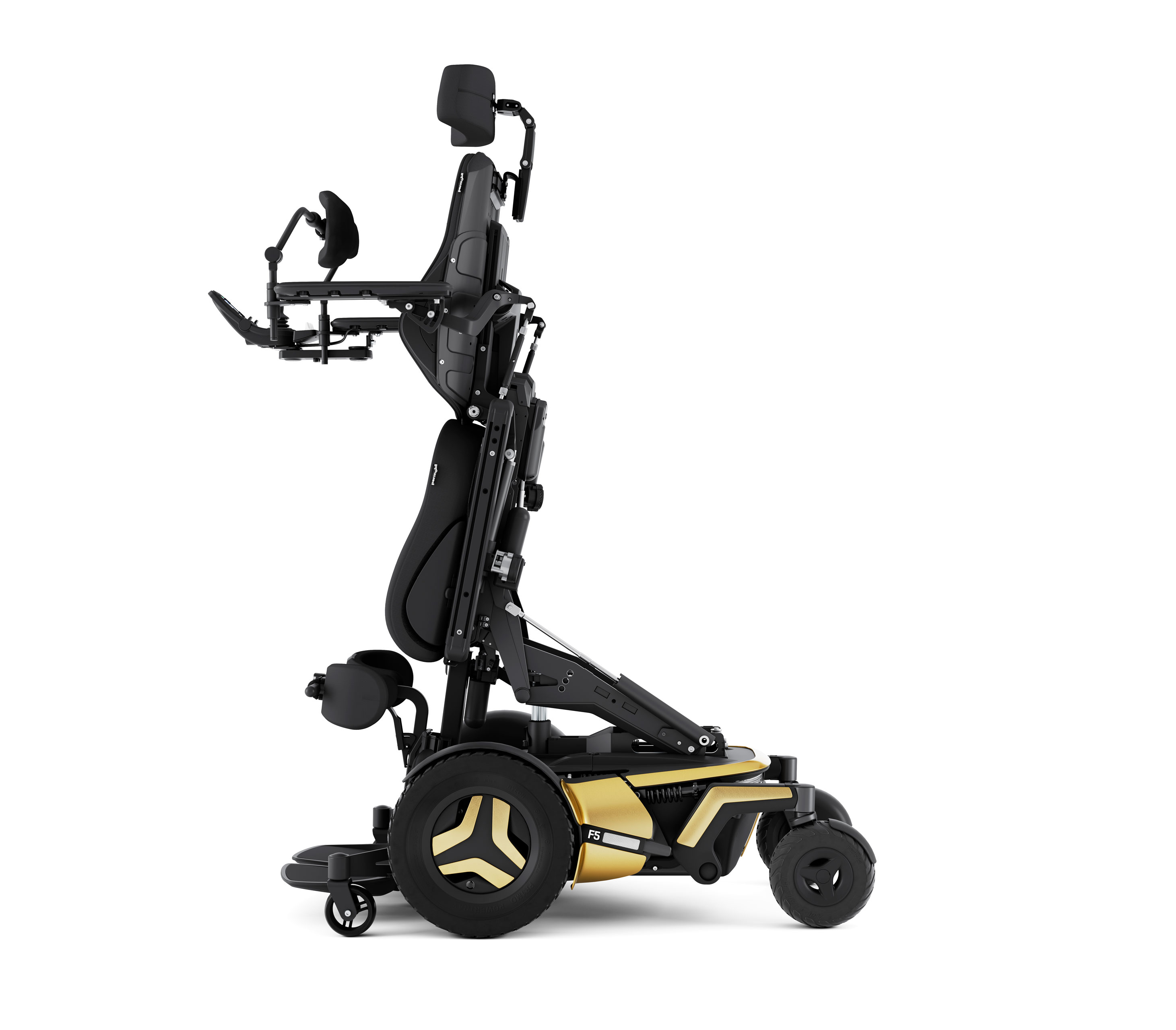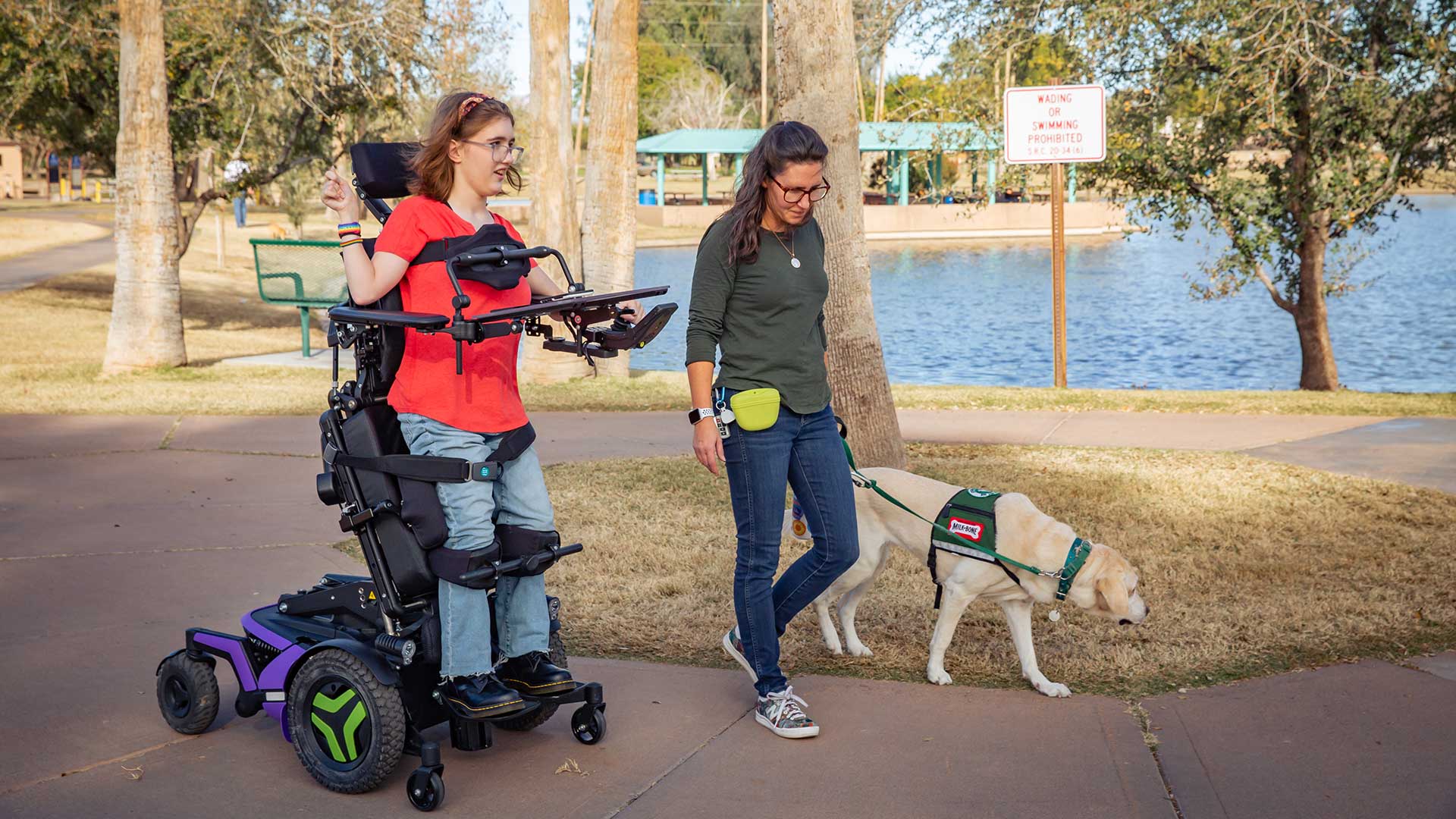Permobil Advocate for More
At Permobil, we innovate for individuals. Ensuring the individuals who need our products have access to them is essential. We work closely with complex rehab technology (CRT) stakeholders including advocacy organizations, consumer groups, and equipment providers on important issues. Please join us in advocating for more. Your voice matters!
Breaking News
1. Contact Your U.S. Representative Today to Support S. 247 and H.R. 1703 Bills to Streamline Access to Titanium/Carbon Fiber Wheelchairs
On January 24, Senators Marsha Blackburn (R-TN) and Tammy Duckworth (D-IL) introduced S. 247, a bill which would improve access to titanium and carbon fiber ultralight manual wheelchairs for Medicare beneficiaries.
This legislation is part of an ongoing effort to empower individuals with the choice to access cutting-edge technology and enjoy the benefits of carbon fiber or titanium wheelchair frames.
We need all advocates to take action right now to make this a reality. Ask your Members of Congress to sign on in support.
You can message your Members of Congress in less than 2 minutes by visiting the American Association for Homecare page dedicated to this issue. You will be able to send a pre-written email to your members of Congress.
To learn more about the many significant benefits of titanium and carbon fiber wheelchair frames, check out our "Material Science Involved in Finding a Balanced Ride" section below.
2. Dingell/Fitzpatrick Dear Colleague Letter on Standing Systems in Power Wheelchairs Submitted to CMS
More than four years ago, the ITEM Coalition submitted a request to extend Medicare coverage for seat elevation and standing systems in power wheelchairs. CMS split this into two requests and approved seat elevation in May 2023. However, CMS has yet to address coverage for standing systems, which help users stand without leaving their wheelchairs, enabling users to transition from seated to standing positions without having to leave their wheelchairs allowing independence to perform mobility related activities of daily living (MRADLs) along with a host of medical benefits. The lack of Medicare coverage leaves many without access to this critical technology, and four years is too long to wait for CMS to act.
The Dingell/Fitzpatrick Dear Colleague Letter regarding Standing Systems in Power Wheelchairs was submitted to CMS on October 8, and we are currently awaiting a response. You can read the letter here.
We appreciate everyone who sent the prepared letter to their representative. Keep an eye out for additional action steps on this critical issue.
Material Science Involved in Finding a Balanced Ride
Frame material choice plays a pivotal role in how someone finds a Balanced Ride in an ultralight manual wheelchair. It is key because frame choice affects the lightweight, durability, and configuration characteristics of a manual wheelchair. A more in-depth understanding of the materials and their specific application can improve consumer confidence and clinical decision making.
Manual wheelchair frame materials
6000 & 7000 series aluminum
Aluminum became and still is the preferred metal because it was so much lighter than steel and because of its relatively low cost. In the ULMWC industry there are two types of aluminum alloys that are used: 6000 series and 7000 series.
Titanium
Titanium is a metal with the highest strength to weight ratio on the planet. There is literally nothing out there like it. Titanium is not only incredibly strong and durable, it can also be shaped and welded together to match a wheelchair user’s body shape without sacrificing strength.
Carbon Fiber
Carbon fiber is a lightweight option when it comes to frame material. Chairs made from carbon fiber are woven together in a particular pattern for a specific load purpose. The result is a MWC that not only looks sleek but also is incredibly lightweight and efficient.

Potential medical benefits of standing
Spasticity Control: Standing and weight bearing can have the effect of normalizing tone which may lead to increased function.
Pain Reduction: Standing may allow easier access for reaching items throughout the day, which may decrease the risk of repetitive strain injury in the upper extremities.
Urinary/ Bowel improvement: Standing may reduce the incidence of UTI’s and kidney stones by reducing the effects of gravity, and constipation or bowel accidents may be reduced as standing improves the efficiency of the colon.
Range of Motion Improvement: Coming to a standing position involves stretching muscles that have been shortened in the seated position. Standing can allow for a prolonged stretch which may help with minimizing the risk of contractures.
Cardiovascular/Respiratory Improvement: By changing positions and utilizing the standing function frequently throughout the day, it may improve respirations and circulation.
Pressure Management: We see the most pressure reduction at the seated bony prominences when in standing or full recline. Standing provides pressure reduction while allowing for function at the same time.
Bone Mineral Density: Shorter, more frequent standing has been shown to help increase bone mineral density. A standing wheelchair allows for these “intervals” of standing throughout the day as opposed to using a standing frame that is static

Stand without compromise
Product features
-
Customizable standing sequences help you find the perfect position using supine, semi-reclined, or sit-to-stand techniques

-
Best-in-class base performance with exceptional motor torque, enhanced base stability in sitting and standing & chair responsiveness

-
Adjustable chest pad featuring simplified adjustment points

-
ComfortRide Pro Suspension featuring all-wheel independent fully adjustable oil dampened shocks that stay active in all positions

-
Full range of power seat functions, including: 50° of posterior tilt, 180° of recline, 14” of ActiveHeight seat elevation, and 180° of legrest elevation

-
Moldable knee block featuring adjustable height & depth as well as a quick release lever

-
Articulating power footplate with 8” of vertical foot plate travel and programmable height to help maintain positioning throughout the range of movement

-
Intelligent support wheels deploy automatically for stability in standing



Resources
Looking for more information? Below you'll find links to more information and resources




